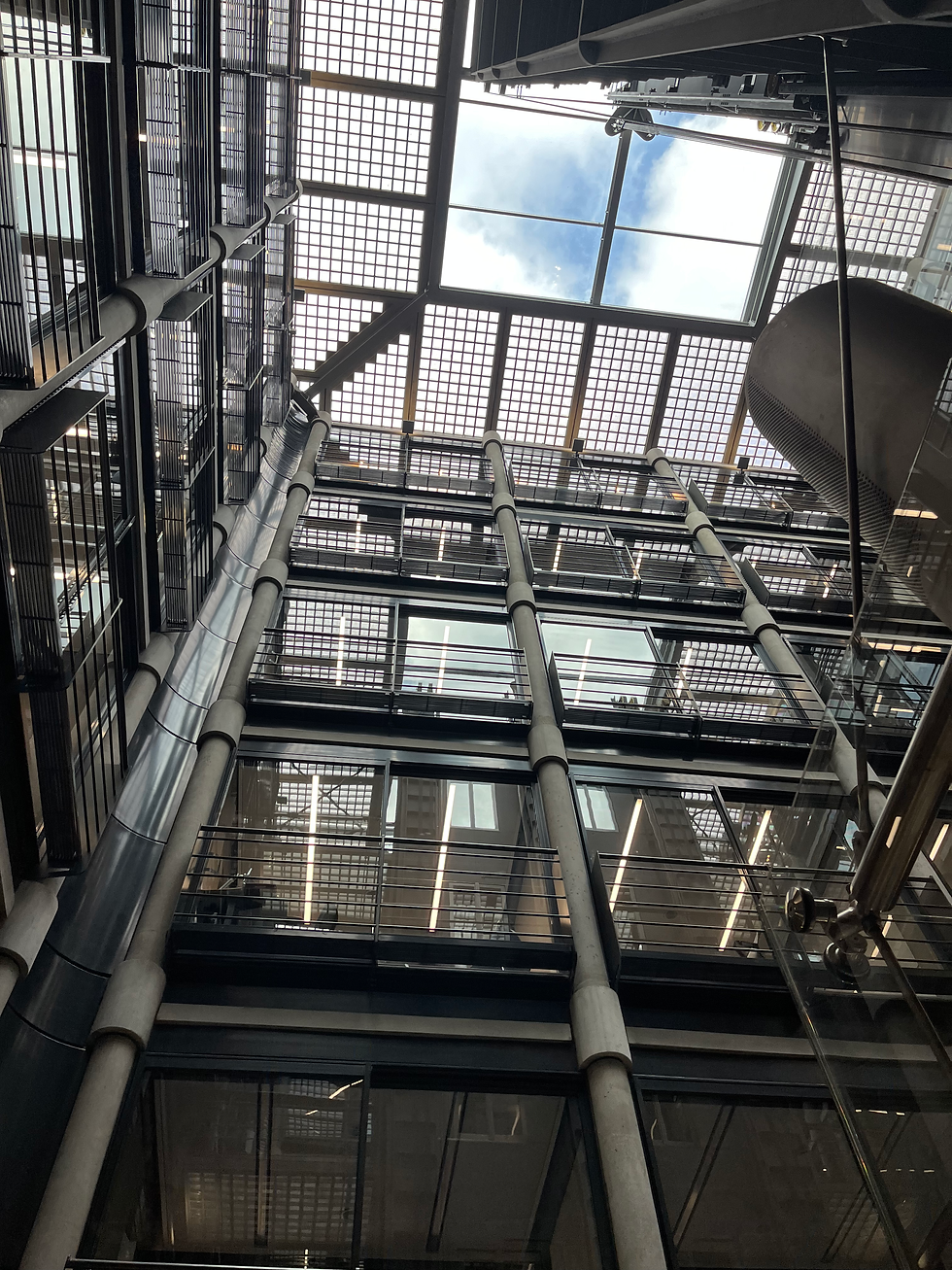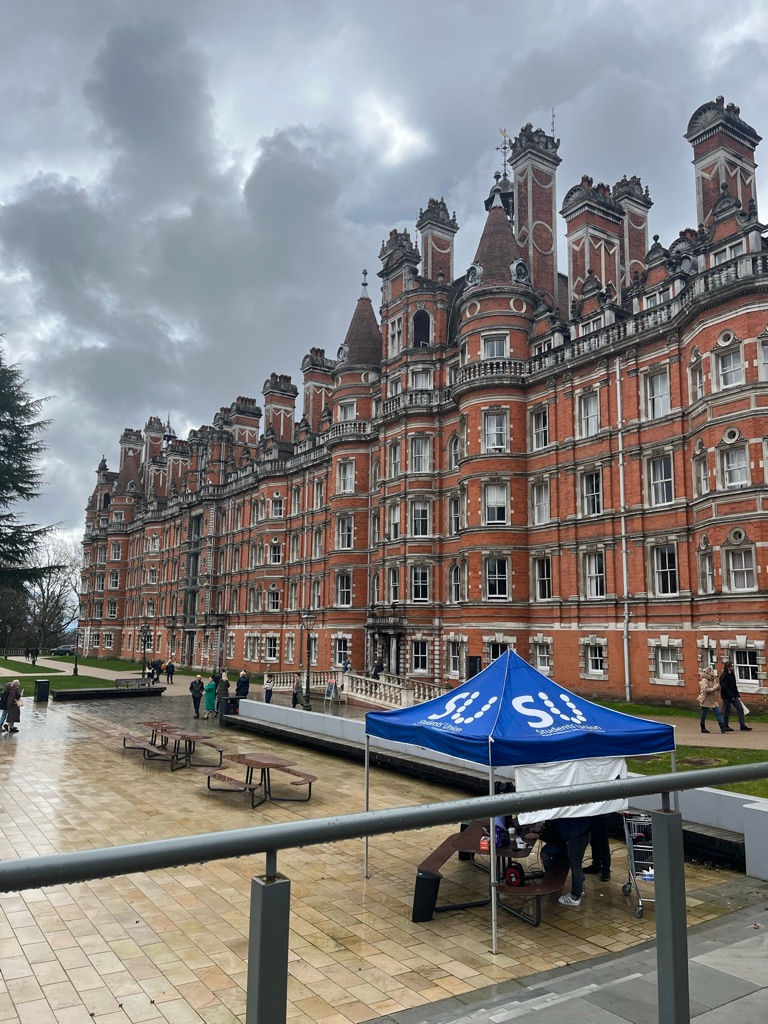DAY AT THE FINANCIAL TIMES
- niamhcunningham123
- Jan 12, 2023
- 3 min read
Updated: Mar 25, 2023
Recently, I had the opportunity via Plan International UK to attend the Financial Times to celebrate International Day of the Girl. Throughout the day, I had the opportunity to experience life in the workplace first hand, shadowing the editor and exploring all aspects of journalism.
When I first arrived, the building was so incredibly overwhelming. Bracken House was designed by Sir Albert Richardson to house the Financial Times, with the pink brick and sandstone chosen to reflect the pink paper of the British broadsheet. The building is named after Bernard Bracken, former chairman of the Financial Times and inside there was a great sense of openness. The ceilings were very high and glass became a main feature of the building: glass lifts, offices, and floors, even the cafeteria. This definitely contrasted greatly with the older architectural design.
The day started out with a short tour of the Financial Times museum. It included some of their most famous issues as well as one of the original printers. The printer stood on a reinforced stage, having previously occupied the stone basement floor, without this extra support, the weight of the printer would've severely damaged the floor. On the wall was a long list of all the editors name of the Financial Times, with Roula Khalaf occupying the most recent space.
Roula Khalaf is the first female editor of the Financial Times, and I was fortunate enough to be able to shadow her for the day. I began by sitting in on her first conference meeting.
She gave me a lovely smile when she walked in, and asked me to introduce myself to her team, mentioning how if I would like to share my own opinions I would be welcome to. The meeting kicked off in a clear, concise way. Each person knew exactly what to say and when, and through collaboration they formulated lots of new ideas. Shortly after, I had my chance to sit down with Khalaf and ask her any questions. She was extremely interested in where my passion for journalism came from, and reminded me that to be a journalist you must be certain that is how you want to pursue life. When I expressed my past experience about being put down as a woman interested in the industry, she expressed how there is place for women everywhere in work, you should never let other people put you off your interests: you are capable. Despite this, she expressed how the struggle towards gender equality in such a male dominated industry will always be present, but you learn to overcome it and tackle it in many different ways. It was rewarding to hear about her journey to becoming editor and the challenges she, herself, has faced, she is an inspiring role model.
Throughout the day I further got the chance to read autocues, learn about broadcast journalism, write my own piece for the Financial Times worker forum and learn about what the Financial Times does to ensure diversity standards are met, before, finally, attending the last conference of the day.
Ultimately, what I took from the day was an even deeper interest in the industry and plenty more questions about the logistics of going to print. I learned about the importance of being confident in yourself and it was incredibly inspiring to see a woman in such a senior business position. It is safe to say, this industry is constantly developing and adapting to reduce gender stereotypes and create a comfortable environment for women.
Following this experience, I was able to share my day with the local newspaper and radio to help and encourage more girls to get involved with Plan International UK's schemes, and spread the message of International Day of the Girl.
Niamh




Comments